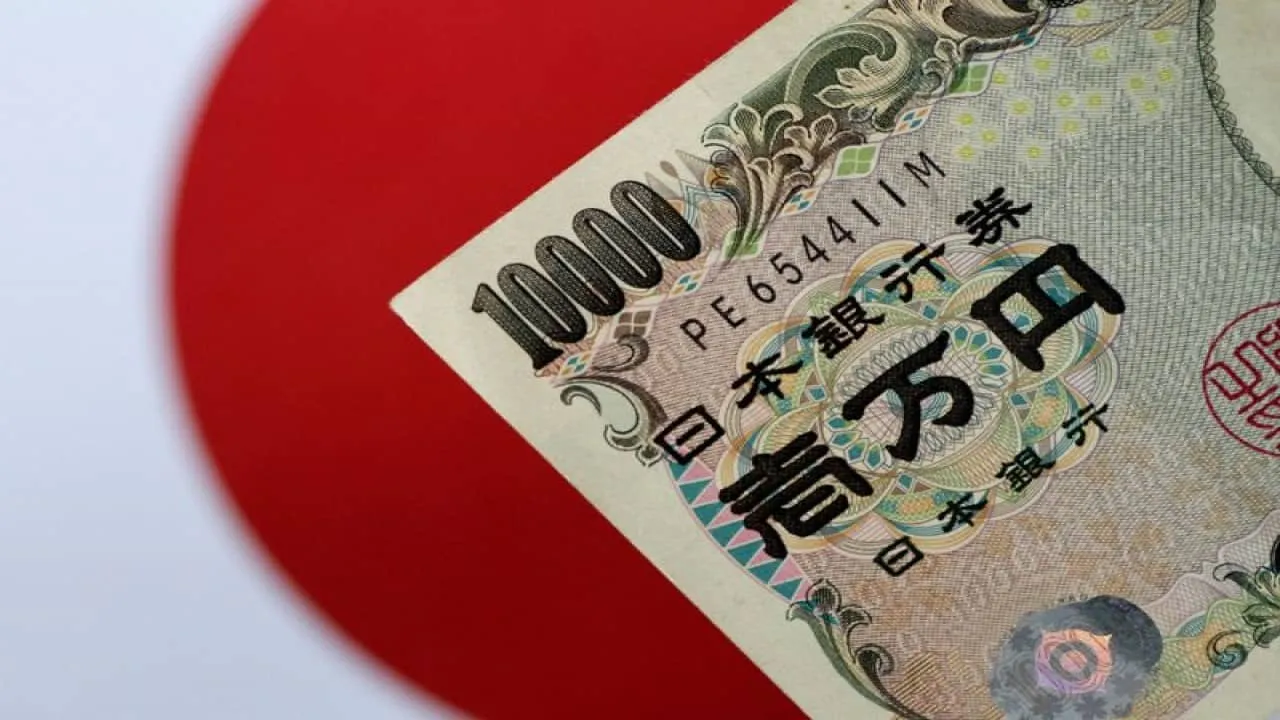Yen Rally: The Art of FX Intervention in Japan's Economy

The Shift in Japan's Currency Dynamics
The yen has recently experienced a significant rally, potentially marking the largest quarterly gain in years. This remarkable turnaround highlights the delicate balance in Japan's economy and its proactive measures in the foreign exchange market.
Driving Factors Behind the Yen's Strength
- Interest rate cuts by the Federal Reserve
- New hawkishness from the Bank of Japan
- Government intervention to support the yen
Japan's currency remains a critical player as several factors come into play. The government's efforts, particularly the Ministry of Finance's decision to intervene in the market, have demonstrated the potential benefits of active FX management.
Lessons Learned from Past Interventions
Historically, Japan has engaged in foreign exchange interventions. The legacy of past interventions reminds us that while modern expectations often dismiss these practices, they can serve vital roles in stabilizing the yen.
Market Psychology and Economic Implications
- The importance of understanding market psychology
- The role of speculation in FX dynamics
- Japan’s robust reserves provide solid backing for interventions
Successful interventions involve market perception as much as actual currency valuation. Japan's ability to maneuver amidst external pressures demonstrates the importance of responsive policy.
Final Thoughts on Currency Management
As Japan navigates the complexities of exchange rate management, it remains crucial for policymakers to assess and adapt their strategies effectively. The lessons learned from this recent yen rally will likely shape future FX interventions.
This article was prepared using information from open sources in accordance with the principles of Ethical Policy. The editorial team is not responsible for absolute accuracy, as it relies on data from the sources referenced.